Welcome, spice lovers and curious culinary explorers! If you've ever stood in front of a spice rack feeling overwhelmed or simply want to deepen your knowledge of the world's most aromatic treasures, this article is for you. Whether you're a seasoned chef or just starting out on your spice journey, we've got something for everyone. In this guide, we'll dive into the chart of spices, explore their origins, uses, and how they can transform your cooking—plus, we'll throw in some practical tips and fun facts along the way.
Table of Contents
The Basics of Spices
Spices are more than just flavor enhancers—they're cultural icons, historical artifacts, and essential ingredients in kitchens across the globe. Derived from various parts of plants—such as seeds, bark, roots, flowers, and fruits—they bring depth, heat, aroma, and complexity to dishes. From the smoky warmth of cumin to the bright zing of lemongrass, each spice has its own story and personality.
But here's the thing: not all spices are created equal. Some are mild and subtle, while others pack a punch. That's where the chart of spices comes in handy. It's like a map that helps you navigate the vast world of spices, showing you which ones pair well with what, how to store them, and even their health benefits.
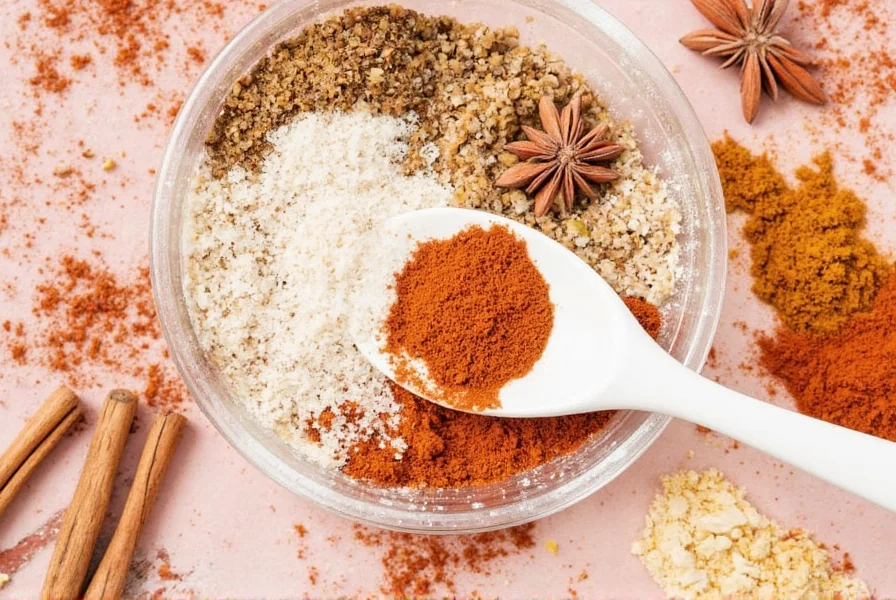
Understanding the Chart of Spices
The chart of spices is an invaluable tool for both amateur cooks and professional chefs. It typically categorizes spices by type, origin, flavor profile, and usage. Some charts go further by including information about heat levels, common dishes, and even suggested combinations. This makes it easier to understand how to use spices effectively without overdoing it—or worse, underusing them.
| Spice | Origin | Flavor Profile | Heat Level | Common Use |
|---|---|---|---|---|
| Cumin | Middle East | Earthiness, nuttiness | Mild | Curries, stews, roasted vegetables |
| Cayenne Pepper | Central America | Spicy, tangy | Hot | Soups, chili, hot sauces |
| Ginger | Asia | Sharp, spicy, slightly sweet | Mild to medium | Stir-fries, teas, baked goods |
| Coriander | Mediterranean | Lemony, citrusy | Mild | Indian cuisine, salads, soups |
| Paprika | Europe | Smoky, sweet | Mild to hot | Spanish dishes, rubs, sausages |
This kind of chart gives you a quick reference to make informed choices in the kitchen. It also helps you experiment with new combinations and discover hidden gems in your spice cabinet.
Common Uses of Popular Spices
Now that we've covered the basics, let's take a closer look at some of the most popular spices and how they're used in different cuisines around the world:
- Cumin: A staple in Indian and Mexican cuisine, cumin adds a warm, earthy flavor to everything from tacos to lentil soups.
- Garam Masala: This blend of ground spices (often including cinnamon, cardamom, and cloves) is a key component in many South Asian dishes.
- Garlic Powder: A convenient alternative to fresh garlic, it's perfect for seasoning meats, vegetables, and sauces.
- Oregano: Common in Italian and Mediterranean cooking, oregano brings a bold, pungent flavor to pizzas, pasta sauces, and grilled meats.
- Nutmeg: Used sparingly, nutmeg adds a warm, slightly sweet note to both sweet and savory dishes, from apple pie to creamy risottos.
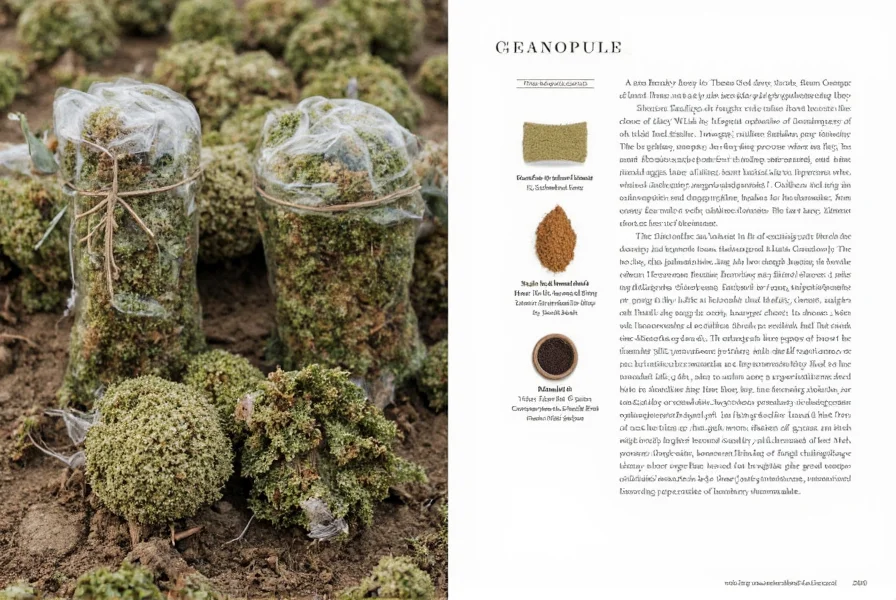
As you can see, each spice has its own unique role in the kitchen. The chart of spices can help you identify these roles and make better ingredient choices.
A Comprehensive Buying Guide for Spices
When it comes to buying spices, quality matters. Here's a quick guide to help you choose the best options:
Top 5 Spices to Add to Your Kitchen
- Cumin Seeds: Ideal for making your own spice blends and adding depth to dishes. Great for beginners.
- Cinnamon Sticks: Perfect for baking and adding a warm, sweet note to beverages and desserts.
- Chili Flakes: Adds heat and color to any dish. A must-have for spicy food lovers.
- Black Pepper: One of the most versatile spices. Enhances the flavor of almost anything.
- Paprika: Offers a smoky or sweet flavor depending on the variety. Excellent for seasoning meats and vegetables.
When purchasing spices, always check the expiration date and look for whole spices whenever possible. Whole spices retain their flavor longer and can be ground fresh as needed. For example, whole cumin seeds have a more robust flavor than pre-ground cumin.
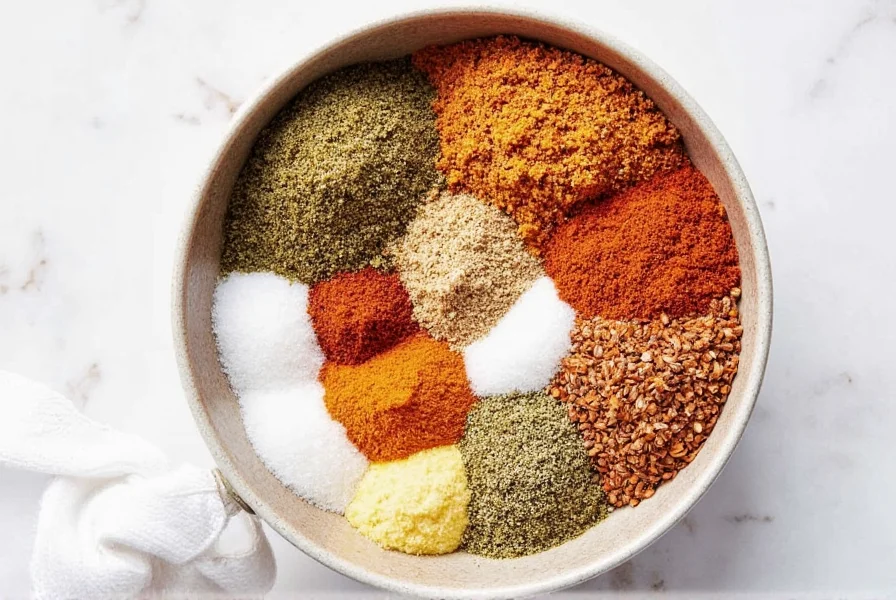
If you're looking for a specific spice, consider the following factors:
- Quality: Opt for organic, non-GMO options if possible.
- Source: Spices from regions known for their quality, like India for turmeric or Morocco for saffron, often offer better flavor.
- Storage: Store spices in airtight containers away from light and heat to preserve their potency.
Pro Tips for Using Spices Like a Pro
Here are some expert tips to elevate your spice game:
- Start small: When trying a new spice, start with a little and taste as you go. Spices can easily overpower a dish.
- Toasting: Toasting whole spices before grinding enhances their flavor. Try toasting cumin or coriander seeds in a dry pan for a few minutes.
- Pair wisely: Some spices work well together, while others clash. For example, cumin and coriander are often paired in Indian recipes, while cinnamon and nutmeg complement each other in baked goods.
- Use fresh: Freshly ground spices have a stronger flavor than pre-ground versions. Consider investing in a spice grinder or mortar and pestle.
- Experiment: Don't be afraid to mix and match. You might discover a new favorite combination!
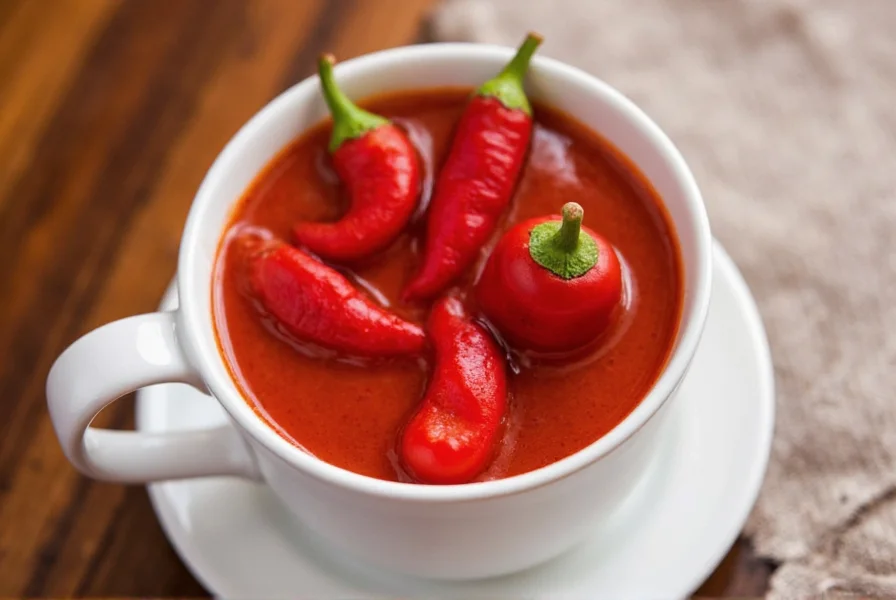
Remember, the chart of spices isn't just a reference—it's a roadmap to unlocking new flavors and creating unforgettable meals.
Frequently Asked Questions About Spices
What is a chart of spices and why is it useful?
A chart of spices is a visual reference guide that categorizes spices by type, origin, flavor profile, heat level, and common uses. It's useful because it helps both novice and experienced cooks understand which spices work well together, how to store them properly, and which dishes they complement best. Having this reference makes experimenting with new recipes much easier and helps avoid flavor combinations that might not work well.
Which five spices should every kitchen have?
The five essential spices every kitchen should have are: 1) Cumin (for earthy warmth in many global cuisines), 2) Black pepper (versatile flavor enhancer), 3) Cinnamon (adds warmth to both sweet and savory dishes), 4) Paprika (provides color and smoky or sweet flavor), and 5) Coriander (with its citrusy notes that work in many dishes). These five form a solid foundation that can be expanded upon as your cooking skills grow.
How long do spices last before losing their potency?
Whole spices generally retain their flavor for 2-3 years when stored properly in airtight containers away from light and heat. Ground spices lose their potency more quickly, typically within 6 months to 1 year. You can tell if spices have gone bad by checking their aroma - if they no longer have a strong scent, they've likely lost much of their flavor. For the best results, buy whole spices and grind them as needed.
What's the difference between herbs and spices?
The main difference is their source. Herbs typically come from the leafy parts of plants (like basil, parsley, and cilantro) and are often used fresh. Spices come from other parts of the plant such as seeds (coriander, cumin), bark (cinnamon), roots (ginger), flowers (saffron), or fruits (peppercorns). Spices are usually dried and used in smaller quantities than herbs due to their more concentrated flavor.
How can I make my spice blends more authentic to specific cuisines?
To create authentic spice blends, focus on the core spices that define each cuisine. For Indian cooking, master garam masala (cinnamon, cardamom, cloves, cumin). For Mexican dishes, focus on cumin, chili powder, and oregano. Mediterranean cuisine relies heavily on oregano, rosemary, and thyme. Middle Eastern cooking often features sumac, za'atar, and baharat blends. The key is to understand which spices are foundational to each culinary tradition and use them in the right proportions.
What's the best way to store spices to maintain freshness?
Store spices in airtight containers away from direct sunlight, heat, and moisture. A cool, dark cupboard is ideal - not above the stove where heat and steam can degrade them. Whole spices last significantly longer than ground ones, so consider buying whole spices and grinding them as needed. Label containers with purchase dates to track freshness, and try to buy spices in small quantities that you can use within a year for the best flavor.
Conclusion
Spices are the heartbeat of global cuisine. They add character, depth, and excitement to every dish. With the chart of spices as your guide, you can confidently explore the world of flavors and create meals that are not only delicious but also rich in history and culture.
Whether you're a novice cook or a seasoned pro, there's always something new to learn about spices. So next time you're in the kitchen, take a moment to appreciate the humble spice jar—it might just be the secret ingredient you never knew you needed.
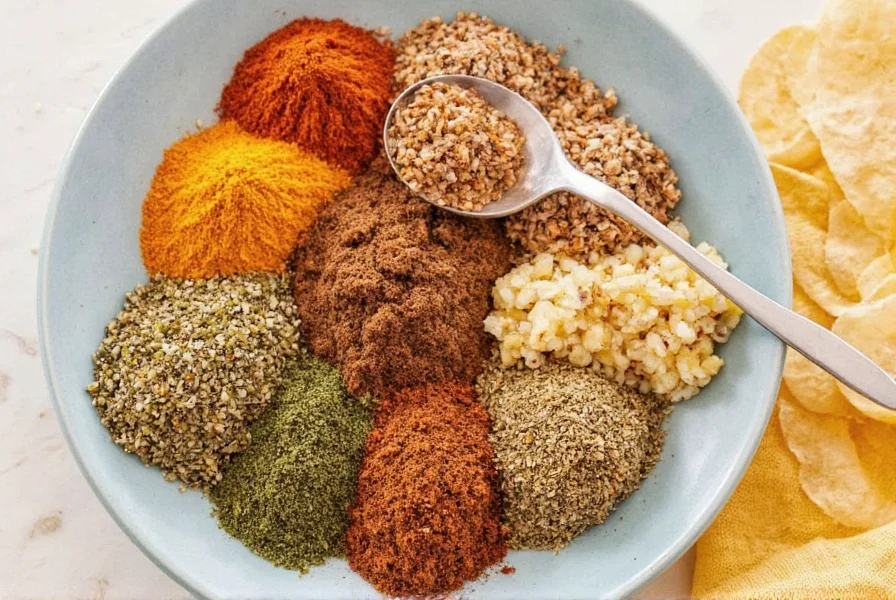
Happy cooking, and may your plates be full of flavor!










 浙公网安备
33010002000092号
浙公网安备
33010002000092号 浙B2-20120091-4
浙B2-20120091-4